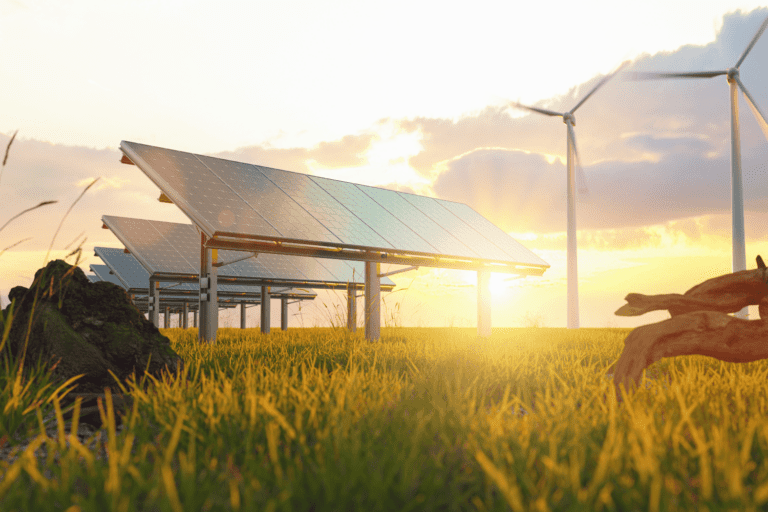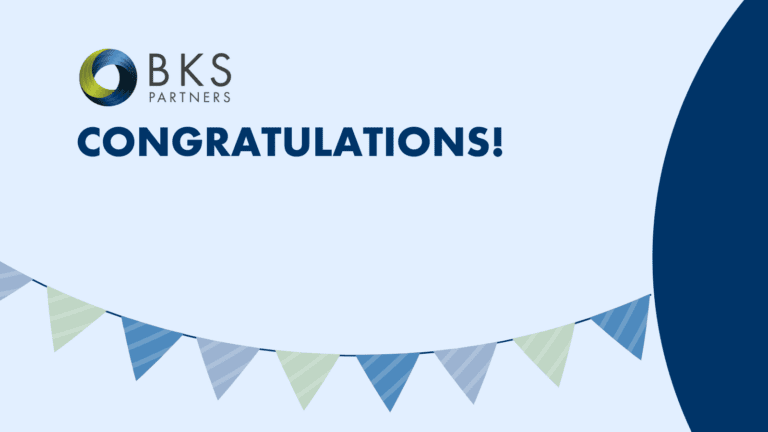In an ever-changing post-pandemic climate, restaurants are facing many types of liability claims, with some of the top claims being slips, trips, and falls. An often-overlooked aspect regarding slips and falls is the profit loss that comes not only inside the restaurant but also on the premise surrounding the restaurant. The minute a customer pulls into your restaurant to enjoy a meal, it increases the chance of a hazard happening. Whether stepping into a pothole in your parking lot, tripping on the uneven curb or slipping on a wet floor— you are held liable.
Step 1: Create a slip, trip, and fall prevention and management strategy:
- 51% of these claims happen outside in the parking lot. When onboarding a new hire, it is wise to take them inside and outside the premise so that they know what to look for to help mitigate the risk
- Include a full breakdown of the establishment, highlighting key areas that are most open to the risk of a slip-and-fall issue
- Include a list of precautions and immediate steps to take to protect guests and employees, such as signage displaying the location of the hazard
Step 2: Use technology to help reduce risks:
- Installation of cameras to observe high-risk areas, so the location is continuously monitored
- Motion sensor lighting should be installed in dark-prone areas
- In addition, you could use software to simulate risks and provide feedback for improvements. This could be done during the training of new hires and quiz them on where the high-risk areas are on the map
Step 3: Installation of nonslip materials where there is constant foot traffic:
- Install mats and floor coverings that can absorb liquid spills, behind bar areas or in the kitchen for employees.
- Work with a general contractor who installs nonslip tiles or concrete surfaces
- Use water-absorbing mats located at the entrance and exits for guests to use as they leave your establishment
In conclusion, the minimal upfront costs for these materials and devices are far less than the claim you will have to cover if a slip and fall were to happen. This can be done by creating a slip-and-fall training program, using technology to cover heavily used areas, and installing nonslip materials inside and outside the premise.
Contact us today to connect with an expert on our team, who can help you make sure you have appropriate coverage and can walk you through the steps you need to take after an accident.
Disclaimer
This material has been prepared for informational purposes only and was generated from information provided to BKS from the client and/or third-party sources. Therefore, BKS makes no warranty or representation(s) as to the accuracy or appropriateness of the data and/or the analysis herein. This information is not intended to provide, and should not be relied on for, tax, legal, or accounting advice. You should consult your tax, legal, and accounting advisors for those services.





No Comments yet!